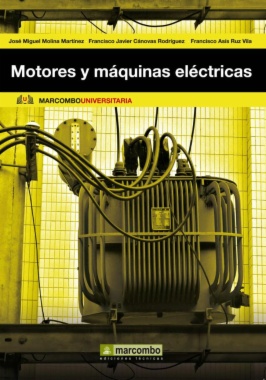
Estás filtrando por
Se encontraron 409 resultados en recursos

Compartir este contenido
Motores y máquinas eléctricas : Fundamentos de electrotecnia para ingenieros
Copia el enlace o compártelo en redes sociales

Elaboración de soluciones constructivas y preparación de muebles
Compartir este contenido
Elaboración de soluciones constructivas y preparación de muebles
Copia el enlace o compártelo en redes sociales
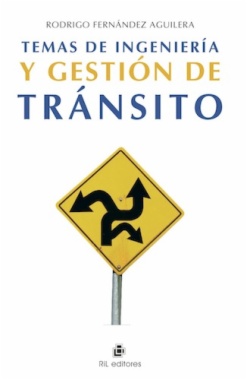
Temas de ingeniería y gestión de tránsito
Compartir este contenido
Temas de ingeniería y gestión de tránsito
Copia el enlace o compártelo en redes sociales

Modelo de asignación de cuadrillas en el Servicio Atención Primaria de Salud “APS” mediante la integración de herramientas de simulación
Compartir este contenido
Modelo de asignación de cuadrillas en el Servicio Atención Primaria de Salud “APS” mediante la integración de herramientas de simulación
Copia el enlace o compártelo en redes sociales

Evaluación del impacto de uso de reglas de prioridad para la secuenciación de recursos y actividades en la duración global de múltiples proyectos de convenio de obra. caso de distribuidor de energía en la ciudad de Bogotá
Compartir este contenido
Evaluación del impacto de uso de reglas de prioridad para la secuenciación de recursos y actividades en la duración global de múltiples proyectos de convenio de obra. caso de distribuidor de energía en la ciudad de Bogotá
Copia el enlace o compártelo en redes sociales

La auto-organización empresarial como alternativa para incrementar la agilidad organizacional: una comparación de escenarios de simulación multi-agente
Compartir este contenido
La auto-organización empresarial como alternativa para incrementar la agilidad organizacional: una comparación de escenarios de simulación multi-agente
Copia el enlace o compártelo en redes sociales
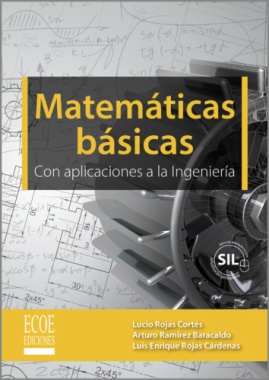
Matemáticas básicas: Con aplicaciones a la ingeniería
Compartir este contenido
Matemáticas básicas: Con aplicaciones a la ingeniería
Copia el enlace o compártelo en redes sociales
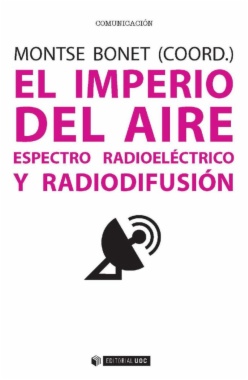
El imperio del aire
Compartir este contenido
El imperio del aire
Copia el enlace o compártelo en redes sociales
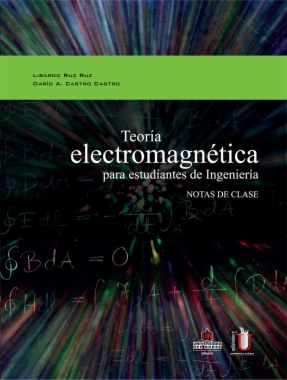
Teoría electromagnética para estudiantes de ingeniería: notas de clase
Compartir este contenido
Teoría electromagnética para estudiantes de ingeniería: notas de clase
Copia el enlace o compártelo en redes sociales
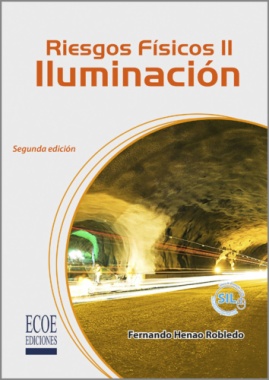
Riesgos físicos II
Compartir este contenido
Riesgos físicos II
Copia el enlace o compártelo en redes sociales
Selecciona las Colecciones en las que vas a añadir el contenido
Para consultar los contenidos añadidos busca la opción Tus colecciones en el menú principal o en Mi perfil.
